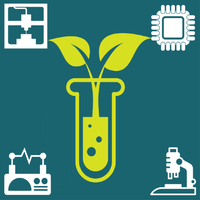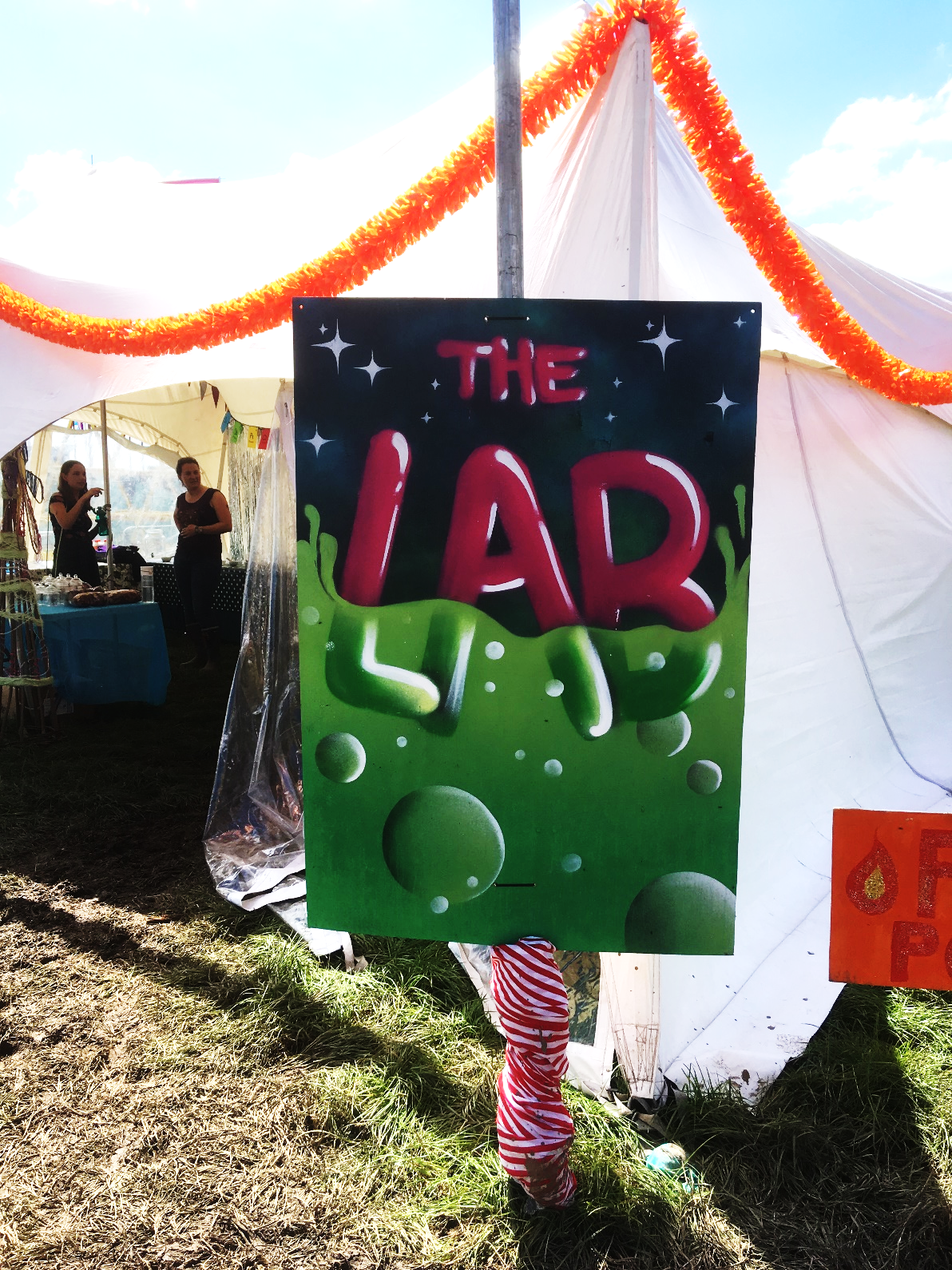OpenPlant PI Professor Julian Hibberd (Department of Plant Sciences, University of Cambridge) has summarised advances towards efficient plastid transformation in Arabidopsis thaliana as part of a new paper in Plant Physiology
This commentary follows 'Efficient Plastid Transformation in Arabidopsis' reported by Pal Maliga's team in this month's Plant Physiology, which could be regarded as a major advance in plastid transformation. Stable manipulation of the plastid genome of flowering plants was first reported nearly 30 years agoby Svab et al. However, for key species including cereal crops including Arabidopsis (Arabidopsis thaliana), the spectinomycin-based approach using the addition of the aadA gene has proved ineffective.
Hibberd cites Parker et al who showed that ecotypes of Arabidopsis vary in their sensitivity to spectinomycin due to the mutant allele of the nuclear gene ACC2. Its product is targeted to plastids and so provides an alternate to the partially plastid-encoded acetyl-Coenzyme A carboxylase that is inactivated by spectinomycin. Parker et al. proposed that their findings may provide a route to increase efficiency of chloroplast transformation in the Brassicaceae.
Yu et al. (2017) now provide strong support for this conjecture showing that by removing redundancy afforded by ACC2, efficient selection for transplastomic events can be achieved in Arabidopsis.
The next challenge is therefore to identify procedures and ecotypes that facilitate this conversion of transplastomic callus of Arabidopsis into stable and heritable plant material.
Hibberd's full commentary can be read here.

![[Closes 24 Nov 2107] Apply now to the OpenPlant Fund!](https://images.squarespace-cdn.com/content/v1/54a6bdb7e4b08424e69c93a1/1509564315902-TUO4I6QRWI9TT8UGSIAJ/OpenPlantTwitter_400x400+%281%29.jpg)

![[Closes 7 Mar 2017] OpenPlant Research Associate (Haseloff Lab)](https://images.squarespace-cdn.com/content/v1/54a6bdb7e4b08424e69c93a1/1486552818859-FH76MCA8SMFU93WB85RX/OpenPlantTwitter_400x400.jpg)

































